Exhibition dates: 24th February – 24th May 2015
Curators: Julian Brooks, curator of drawings, and Peter Björn Kerber, assistant curator of paintings
Water, Wind, and Whales
Joseph Mallord William Turner (British, 1775-1851)
Snow Storm: Steam-Boat off a Harbour’s Mouth
Exhibited 1842
Oil on canvas
Unframed: 91.4 x 121.9cm (36 x 48 in.)
Tate: Accepted by the nation as part of the Turner Bequest 1856
Photo: © Tate, London 2014
No words are necessary.
Marcus
Many thankx to the J. Paul Getty Museum for allowing me to publish the photographs in the posting. Please click on the photographs for a larger version of the image.
Joseph Mallord William Turner (British, 1775-1851)
Norham Castle, Sunrise
About 1845
Oil on canvas
Unframed: 90.8 x 121.9cm (35 3/4 x 48 in.)
Tate: Accepted by the nation as part of the Turner Bequest 1856
Photo: © Tate, London 2014
Turner first saw Norham, bordering Scotland on the river Tweed in Northumberland, in 1797. He was at the limits of his trip to northern England, when he also visited Buttermere, seen in the painting of nearly fifty years earlier shown nearby. After that first visit he made watercolours showing the ruin at sunrise, and visits in 1801 and 1831 resulted in further views. Here, finally, is one of a series of unfinished, unexhibited paintings reworking his monochrome Liber Studiorum landscape prints. Pure colours rather than contrasting tones express the blazing light as the historic building and landscape merge.
It is a hundred years since Turner’s painting, Norham Castle, Sunrise, went on display for the first time. The painting was among a group of twenty-one previously unknown, and essentially ‘unfinished’, canvases that were the focal point of a new Turner room inaugurated at the Tate Gallery (now Tate Britain) in February 1906.
These pictures had entered to the national collection in 1856, but remained uncatalogued. This was chiefly due to a lack of adequate hanging space for the many oil paintings in the collection. But a bigger issue was the concern that the images would not be properly understood by the public. Gallery officials themselves had serious reservations, considering them only ‘rude beginnings’ or even ‘mere botches’.
Consequently, it was not until 1906, when a new generation began to look at Turner afresh, that space was made for the first batch of pictures disinterred from the National Gallery’s basement. These revelatory ‘new’ works were quite unlike the detailed pictures that the artist had exhibited. Their unresolved brushwork and luminous palette seemed to confirm the patriotic belief that Turner (and John Constable) had paved the way for the French Impressionists.
During the last hundred years, Norham Castle has gradually become the embodiment of many ideas about Turner’s later style, above all, its reduction of content to a minimum giving emphasis to the play of colour and light. This display explores the origins of Turner’s interest in Norham Castle as a subject and charts the impact the picture has had during its recent history.
“Norham Castle, Sunrise: from incomprehension to icon,” on the Tate website
Joseph Mallord William Turner (British, 1775-1851)
Whalers
Exhibited 1845
Oil on canvas
Unframed: 91.1 x 121.9cm (35 7/8 x 48 in.)
Tate: Accepted by the nation as part of the Turner Bequest 1856
Photo: © Tate, London 2014
Continental Travels
Joseph Mallord William Turner (British, 1775-1851)
The Dogano, San Giorgio, Citella from the Steps of the Europa
Exhibited 1842
Oil on canvas
Unframed: 61.6 x 92.7cm (24 1/4 x 36 1/2 in.)
Tate: Presented by Robert Vernon 1847
Photo: © Tate, London 2014
Joseph Mallord William Turner (British, 1775-1851)
Approach to Venice
Exhibited 1844
Oil on canvas
Unframed: 62 x 94cm (24 7/16 x 37 in.)
National Gallery of Art, Washington, Andrew W. Mellon Collection
Image courtesy National Gallery of Art, Washington
Joseph Mallord William Turner (British, 1775-1851)
Venice: Santa Maria della Salute, Night Scene with Rockets
About 1840
Watercolour and bodycolor
Unframed: 24 x 31.5cm (9 7/16 x 12 3/8 in.)
Tate: Accepted by the nation as part of the Turner Bequest 1856
Photo: © Tate, London 2014
Joseph Mallord William Turner (British, 1775-1851)
The Sun of Venice Going to Sea
Exhibited 1843
Oil on canvas
Unframed: 61.6 x 92.1 cm (24 1/4 x 36 1/4 in.)
Tate: Accepted by the nation as part of the Turner Bequest 1856
Photo: © Tate, London 2014
Joseph Mallord William Turner (British, 1775-1851)
Venice at Sunrise from the Hotel Europa, with Campanile of San Marco
About 1840
Watercolor
Unframed: 19.8 x 28cm (7 13/16 x 11 in.)
Tate: Accepted by the nation as part of the Turner Bequest 1856
Photo: © Tate, London 2014
The large group of watercolours which resulted from Turner’s last visit to Venice in 1840 is characterised by a delicious liquidity which unifies air and water in layered, coloured mists. He stayed near the mouth of the Grand Canal at the Hotel Europe, from where he made sketches over the rooftops after dark. Alternatively, from a gongola off the great Piazzetta, he was able to see the sun set down the wide canal of the Giudecca.
Joseph Mallord William Turner (British, 1775-1851)
Ehrenbreitstein
1841
Watercolour and pen and ink
Unframed: 23.7 x 30cm (9 5/16 x 11 13/16 in.)
Tate: Accepted by the nation as part of the Turner Bequest 1856
Photo: © Tate, London 2014
Joseph Mallord William Turner (British, 1775-1851)
Rain Clouds
About 1845
Watercolour
Unframed: 29.1 x 44cm (11 7/16 x 17 5/16 in.)
Tate: Accepted by the nation as part of the Turner Bequest 1856
Photo: © Tate, London 2014
Joseph Mallord William Turner (British, 1775-1851)
The Blue Rigi, Sunrise
1842
Watercolour
Unframed: 29.7 x 45cm (11 11/16 x 17 11/16 in.)
Tate: Purchased with assistance from the National Heritage Memorial Fund, the Art Fund (with a contribution from the Wolfson Foundation and including generous support from David and Susan Gradel, and from other members of the public through the Save the Blue Rigi appeal) Tate Members and other donors 2007
Photo: © Tate, London 2014
First major West Coast international loan exhibition focuses on Turner’s late work; Famed 19th-century master created many of his most renowned pieces after age 60.
One of the most influential painters of nature who ever lived, Joseph Mallord William Turner (English, 1775-1851) was especially creative and inventive in the latter years of his life, producing many of his most famous and important paintings after the age of 60. On view at the J. Paul Getty Museum February 24, 2015, through May 24, 2015, J.M.W. Turner: Painting Set Free brings together more than 60 key oil paintings and watercolours from this culminating period of his career, and is the West Coast’s first major exhibition of Turner’s work.
“J.M.W. Turner is the towering figure of British 19th century art, a ground-breaking innovator in his own day whose relevance and status as a seeming harbinger of 20th century ‘modernism; has made him an inspiration to generations of later artists up to the present day. A successful and well-known public figure in his own day, Turner produced some of his most innovative and challenging work during the last 16 years of his life,” explains Timothy Potts, director of the J. Paul Getty Museum. “He was frequently mocked and misunderstood for his choice of unusual subject matters, his experimentation with different canvas formats, and his pioneering free and spontaneous techniques in both oil and watercolour. While Turner could not knowingly have anticipated future artistic trends, he is seen today by many as a prophet of modernism because of his rough, gestural brushwork and quasi-abstract subject matter. His work captured the natural landscape’s atmosphere and colour like no other artist before him, and conveyed the awe-inspiring power of the elements as never before. This exhibition celebrates Turner as the most innovative and experimental artist of his time, and I have no doubt that it will be inspiring to a new generation of artists working in California today.”
“The exhibition shows an artist at the top of his game, totally at ease with his media, and still keen to push boundaries and challenge assumptions. We see how Turner was modern in his own time, but the results are astonishing even for us today,” said Julian Brooks, one of the exhibition curators.
The Sea
In his later years, Turner’s continuing fascination with the sea reached a zenith. Although he respected existing conventions of marine painting, particularly its 17th-century Dutch roots, he consistently moved beyond them, turning the water into a theatre for drama and effect. At the Royal Academy exhibitions, he confounded viewers with his bold portrayals of modern maritime action – whales and their hunters battling for survival – while striving to capture the mysterious depths and forces of the elements. Never having witnessed a whale hunt himself, he included a reference to “Beale’s Voyage” in the catalogues, acknowledging that his source of inspiration was Thomas Beale’s Natural History of the Sperm Whale (1839). (Herman Melville consulted the same book when writing Moby-Dick, published in 1851.)
The London press at the time greeted Turner’s whaling pictures, such as Hurrah! for the Whaler Erebus! Another Fish!, 1846, with scathing attacks, lambasting their yellow palette and lack of finish. The Almanack of the Month printed a cartoon of a Turner painting with a large mop and a bucket labeled “yellow,” and opined that his pictures resembled a lobster salad.
Travel
In addition to the sea, Turner’s insatiable appetite for history, different cultures, and sublime natural scenery drew him time and again to Continental Europe, where he observed not only spectacular sites such as ancient ruins, medieval castles, jagged mountain peaks, and meandering rivers, but also local customs and dress. On such travels he made numerous watercolour sketches, which effectively captured fleeting effects of nature on paper. These works display a complex layering of colour animated through the pulsing energy of turbulent handling. They demonstrate both Turner’s commitment to observed natural effects and his unwavering obsession with the vagaries and delights of watercolour, a medium he had indisputably made his own. Some of the finished watercolours he made for sale after his trips, such as The Blue Rigi, Sunrise, 1842, represent pinnacles in the use of watercolour technique.
Turner was especially captivated by the particular combination of light and colour he found in Venice, and revisited the city several times. He traveled lightly, usually alone, making few concessions to his age or failing strength, and drew constantly in his sketchbooks. Turner’s many images of Venice were among his most potent late works, influencing later artists such as James Abbott McNeill Whistler (American, 1834-1903) and Claude Monet (French, 1840-1926).
For Turner, watercolour was the perfect medium to capture Venice’s aqueous and luminous effects. While based on on-the-spot sketches done there in 1840, Turner’s later paintings of Venice drew out the city’s essence and spirit rather than its exact topography. His Venice was often touched with a melancholy that echoed the romantic fatalism popularised by writers such as Lord Byron, offering a warning from history to Britain’s rise as a commercial empire.
Poetry
Turner was deeply interested in poetry and often paired his paintings with lines of text in order to elucidate their themes. In some cases he authored the poems himself but often he quoted celebrated 18th- and 19th-century British poets such as Thomas Gray and, most especially, Lord Bryon. Throughout the Getty exhibition, many of the lines of poetry or prose that he chose or wrote are reunited with his pictures on the gallery walls. For example, the lines “The moon is up, and yet it is not night/ The sun as yet disputes the day with her” from Byron’s Childe Harold’s Pilgrimage (1812-1818) were chosen, and slightly altered by Turner to accompany two paintings: Modern Rome – Campo Vaccino, exhibited 1839, and Approach to Venice, exhibited 1844, which both feature the setting sun and a rising moon but also evoke the rise and fall of empires.
Contemporary Events
Much of Tuner’s later work reflects on contemporary events including the modern state of Italy, the legacy of the Napoleonic Wars, and the spectacular fires that ravaged the Palace of Westminster and the Tower of London in 1834 and 1841, respectively. In addition, Turner was the first major European artist to engage with innovations such as steam power, as seen in Snow Storm: Steam-Boat off a Harbour’s Mouth, 1842, which shows this much-vaunted new technology at the mercy of the awesome power of the elements.
Technique
Perhaps nothing demonstrates Turner’s virtuosity as a painter better than the stories of his performances on “Varnishing Days.” The Royal Academy and the British Institution would set aside a short period of time for artists to put final touches on their work before an exhibition opened to the public. Turner revelled in the competitive jostling and repartee that occurred on these occasions. In his later years, he would frequently submit canvases with only the roughest indications of colour and form, speedily bringing them to completion on-site. Eyewitnesses record that Turner painted most of The Hero of a Hundred Fights, 1800-10, reworked and exhibited 1847, and Burning of the Houses of Lords and Commons, 16th October 1834, 1834-1835, on their respective varnishing days.
Pairs and Shapes
In his later years, Turner was as creative in his approach to media, materials, and techniques as he was in his choice of subject matter. He created works that offer some of his most dazzling displays of colour, audacious handling, and complex iconographies. From 1840 to 1846, the artist employed a smaller canvas size for a series of paintings, which were often conceived as pairs expressing opposites, such as two that were exhibited in 1842: Peace – Burial at Sea and War. The Exile and the Rock Limpet. These were principally square but could also be round or octagonal. Exploring states of consciousness, optics, and the emotive power of colour, they shocked and mystified his audience, who thought them the products of senility or madness. Painted near the end of his life, these inventive works are a coda to Turner’s career, representing a synthesis of his innovations in technique, composition and theme.
Turner died in 1851 at age 76, leaving the majority of his work to the English nation along with an intended bequest to support impoverished artists. In the years since, while popular and scholarly ideas about his work have changed, he inarguably emerges as one of the most beloved figures and popular painters in the history of the United Kingdom.
This exhibition was organised by Tate Britain in association with the J. Paul Getty Museum and the Fine Arts Museums of San Francisco. It is supported by an indemnity from the Federal Council on the Arts and the Humanities. The Getty Museum curators of the exhibition are Julian Brooks, curator of drawings, and Peter Björn Kerber, assistant curator of paintings.
The exhibition is accompanied by the publication J.M.W. Turner: Painting Set Free. Edited by David Blayney Brown, Amy Concannon, and Sam Smiles, this 250-page volume is richly illustrated.
~ Water, Wind, and Whales
~ Continental Travels
~ Contemporary Subjects
~ History, Myth, and Meaning
~ Pairs and Shapes
Press release from the J. Paul Getty Museum website
Contemporary Subjects
Joseph Mallord William Turner (British, 1775-1851)
The Burning of the Houses of Lords and Commons, October 16, 1834
1834-1835
Oil on canvas
Unframed: 92.1 x 123.2cm (36 1/4 x 48 1/2 in.)
Philadelphia Museum of Art: The John Howard McFadden Collection, 1928
Joseph Mallord William Turner (British, 1775-1851)
Fire at the Grand Storehouse of the Tower of London
1841
Watercolour
Unframed: 23.5 x 32.5cm (9 1/4 x 12 13/16 in.)
Tate: Accepted by the nation as part of the Turner Bequest 1856
Photo: © Tate, London 2014
This watercolour study was originally one of nine consecutive leaves (D27846 – D27854; Turner Bequest CCLXXXIII 1-9) in a sketchbook. They have previously been documented with varying degrees of certainty as showing the 1834 fire at the Houses of Parliament beside the River Thames in central London, but are here identified as representing the similarly large and dramatic fire which broke out at the moated Tower of London on 30 October 1841, destroying the late seventeenth-century Grand Storehouse (see the Introduction to the sketchbook for detailed discussion).
Conflagration of the Tower of London, on the Night of the 30th of October 1841, a colour lithograph published on 3 November of a view ‘drawn upon the spot by William Oliver’ (1804-1853) shows the Tower complex from the north, with flames and smoke pouring from the windows and rafters of the Grand Storehouse, largely obscuring the White Tower. This can be compared with the present work, the most precisely detailed of Turner’s studies in terms of architectural features. (See the Introduction for other comparisons between Turner’s studies and contemporary prints.) The pale blue form towards the left is presumably intended as the White Tower; otherwise lacking in detail, the inner faces of its corner turrets are shown receding in steep perspective, although in fact the north-west turret is cylindrical. Turner has included details of rafters, a pediment and what seems to be the clock tower of the Grand Storehouse (which fell in at quite an early stage of the fire), but it is not clear whether he intended to show the scene directly from the north, aligned directly on the façade of the storehouse, or obliquely from the north-east, which would explain the relative positions of the clock tower and the White Tower.
In addition to the newspaper stories extensively quoted in the sketchbook’s Introduction, the following details from the Times relate to the raising of the alarm late on the evening of Saturday 30 October:
[Sergeant] Edwards [‘of the 1st Battalion of Fusilier Guards’] states, that while he was in the Nag’s Head public-house, in Postern-row [opposite the north side of the Tower], he perceived, to his great surprise, a light through one of the windows, just above the bomb proof part of the Bowyer Tower. He went out and crossed to the railings at the top of the moat by which the Tower is surrounded, and watched the light for a minute or two. At first it appeared but little larger than the glimmer of a candle, but it suddenly increased to such an extent, that no doubt was left upon his mind that the place was on fire.1
The present Tower study is notable in being the only one of the nine to incorporate gouache: a touch of white is combined with scratching out to render a bright light through a window of the towers silhouetted towards the left. This may be an effect Turner observed or imagined, or perhaps the report caught his attention.
Addressing the sequence of studies in the context of the traditional former 1834 identification, Katherine Solender felt that only this and D27850, D27853 and D27854 included ‘shapes that can be remotely identified with the Parliamentary complex’, in this case possibly indicating the roof and lantern of Westminster Hall on the right, with the Towers of Westminster Abbey beyond to the left.2 In his extended catalogue entry for Turner’s painting The Burning of the House of Lords and Commons, 16th October, 1834, exhibited at the British Institution in 1835 (Philadelphia Museum of Art),3 Richard Dorment presented a sustained interpretation of the this and the other eight watercolour studies in terms of a sequence reflecting the topography and chronology of the 1834 Westminster fire.4
Matthew Imms, April 2014 from catalogue entry to David Blayney Brown (ed.), J.M.W. Turner: Sketchbooks, Drawings and Watercolours, September 2014
1/ ‘The Tower of London. Destructive Conflagration. (Additional Particulars.)’, The Times, Tuesday 2 November 1841, p. 5.
2/ Solender 1984, pp. 50-1; see also Lyles 1992, p. 72.
3/ Martin Butlin and Evelyn Joll, The Paintings of J.M.W. Turner, revised ed., New Haven and London 1984, pp. 207-10 no. 359, pl. 364 (colour).
4/ Dorment 1986, pp. 400-1; see also Lyles 1992, p. 72.
Joseph Mallord William Turner (British, 1775-1851)
The Hero of a Hundred Fights
About 1800-1810, reworked and exhibited 1847
Oil on canvas
Unframed: 90.8 x 121.3cm (35 3/4 x 47 3/4 in.)
Framed: 127.5 x 158.5 x 18cm (50 3/16 x 62 3/8 x 7 1/16 in.)
Tate: Accepted by the nation as part of the Turner Bequest 1856
Photo: © Tate, London 2014
This canvas was originally an exploration of industrial machinery, but it was reworked to show the moment when a bronze statue of the Duke of Wellington was removed from its mould. Using the intense light of the foundry to obscure the figure, Turner transforms Wellington into an ethereal presence. The image is in stark contrast to Turner’s carefully researched battle scenes. Here, tone and colour are employed to endow a national hero with elemental force.
Joseph Mallord William Turner (British, 1775-1851)
The Disembarkation of Louis-Philippe at the Royal Clarence Yard, Gosport, 8 October 1844
About 1844-1845
Oil on canvas
Unframed: 90.8 x 121.3cm (35 3/4 x 47 3/4 in.)
Framed: 128.4 x 159 x 8.3cm (50 9/16 x 62 5/8 x 3 1/4 in.)
Tate: Accepted by the nation as part of the Turner Bequest 1856
Photo: © Tate, London 2014
Turner visited Portsmouth to record the arrival of the French king, who was on a State Visit. He made numerous sketches of the event and also painted two unfinished oils: one showing the king’s arrival, the other his disembarkation. Both are principally concerned with the atmosphere of the occasion, concentrating on the crowd of onlookers. Turner had met Louis-Philippe when the king was living in exile at Twickenham in the 1810s. Contact between them was renewed in the mid-1830s and he was invited to dine with him at his château at Eu in 1845.
History, Myth, and Meaning
Joseph Mallord William Turner (British, 1775-1851)
Regulus
1828, reworked 1837
Oil on canvas
Unframed: 89.5 x 123.8cm (35 1/4 x 48 3/4 in.)
Framed: 113.5 x 146 x 9.3cm (44 11/16 x 57 1/2 x 3 11/16 in.)
Tate: Accepted by the nation as part of the Turner Bequest 1856
Photo: © Tate, London 2014
Joseph Mallord William Turner (British, 1775-1851)
Mercury Sent to Admonish Aeneas
Exhibited 1850
Oil on canvas
Unframed: 90.2 x 120.6cm (35 1/2 x 47 1/2 in.)
Framed: 129.6 x 160.7 x 18.5cm (51 x 63 1/4 x 7 5/16 in.)
Tate: Accepted by the nation as part of the Turner Bequest 1856
Joseph Mallord William Turner (British, 1775-1851)
Mercury and Argus
Before 1836
Oil on canvas
Unframed: 151.8 x 111.8cm (59 3/4 x 44 in.)
National Gallery of Canada, Ottawa, Purchased 1951
Photo: © National Gallery of Canada
Pairs and Shapes
Joseph Mallord William Turner (British, 1775-1851)
Peace – Burial at Sea
Exhibited 1842
Oil on canvas
Unframed: 87 x 86.7cm (34 1/4 x 34 1/8 in.)
Tate: Accepted by the nation as part of the Turner Bequest 1856
Photo: © Tate, London 2014
Joseph Mallord William Turner (British, 1775-1851)
War. The Exile and the Rock Limpet
Exhibited 1842
Oil on canvas
Unframed: 79.4 x 79.4cm (31 1/4 x 31 1/4 in.)
Tate: Accepted by the nation as part of the Turner Bequest 1856
Photo: © Tate, London 2014
Joseph Mallord William Turner (British, 1775-1851)
Light and Color (Goethe’s Theory) – The Morning After the Deluge – Moses Writing the Book of Genesis
Exhibited 1843
Oil on canvas
Unframed: 78.7 x 78.7cm (31 x 31 in.)
Framed: 103.5 x 103.5 x 12cm (40 3/4 x 40 3/4 x 4 3/4 in.)
Tate: Accepted by the nation as part of the Turner Bequest 1856
Photo: © Tate, London 2014
The nine finished paintings are being shown in a dedicated room of the exhibition which brings new perspectives on Turner’s work during the final period of his life. At the time of their creation Turner’s square canvases were his most controversial and they were famously subjected to a hail of abuse in the press. Even Ruskin, a devoted fan, described Turner’s work by 1846 as ‘indicative of mental disease’. The show will reposition Turner in his old age as a challenging and daring artist who continued his lifelong engagement with the changing world around him right up until his death in 1851.
When Turner began painting on square canvases in the later years of his life between 1840 and 1846 they were a new format for the artist to be working in. In works known as Shade and Darkness and Light and Colour, both exhibited 1843, it can be seen how Turner developed his dramatic use of the vortex, a technique characteristic in his later work.
The display of the square canvases, along with one unfinished square composition, has been made possible by the important loans of Glaucus and Scylla 1841 (Kimbell Art Museum, Fort Worth, USA), and Dawn of Christianity 1841 (Ulster Museum, Belfast, UK). The group of works includes some of Turner’s most iconic pairings such as Peace andWar, both exhibited 1842 (Tate). The exhibition as a whole will also include a number of pairings from throughout this period of his life, showing Turner’s fondness for working in sets or sequences in his old age.
“Turner’s controversial square canvases to be brought together for the first time,” from the Tate website 13 March 2014
Joseph Mallord William Turner (British, 1775-1851)
The Angel Standing in the Sun
Exhibited 1846
Oil on canvas
Unframed: 78.7 x 78.7cm (31 x 31 in.)
Framed: 103.5 x 103.5 x 12cm (40 3/4 x 40 3/4 x 4 3/4 in.)
Tate: Accepted by the nation as part of the Turner Bequest 1856
Photo: © Tate, London 2014
Joseph Mallord William Turner (British, 1775-1851)
Ancient Rome: Agrippina Landing with the Ashes of Germanicus
Exhibited 1839
Oil on canvas
Unframed: 91.4 x 121.9cm (36 x 48 in.)
Tate: Accepted by the nation as part of the Turner Bequest 1856
Photo: © Tate, London 2014
Joseph Mallord William Turner (British, 1775-1851)
Modern Rome – Campo Vaccino
1839
Oil on canvas
Unframed: 91.8 x 122.6cm (36 1/8 x 48 1/4 in.)
The J. Paul Getty Museum, Los Angeles
The J. Paul Getty Museum
1200 Getty Center Drive
Los Angeles, California 90049
Opening hours:
Daily 10am – 5pm



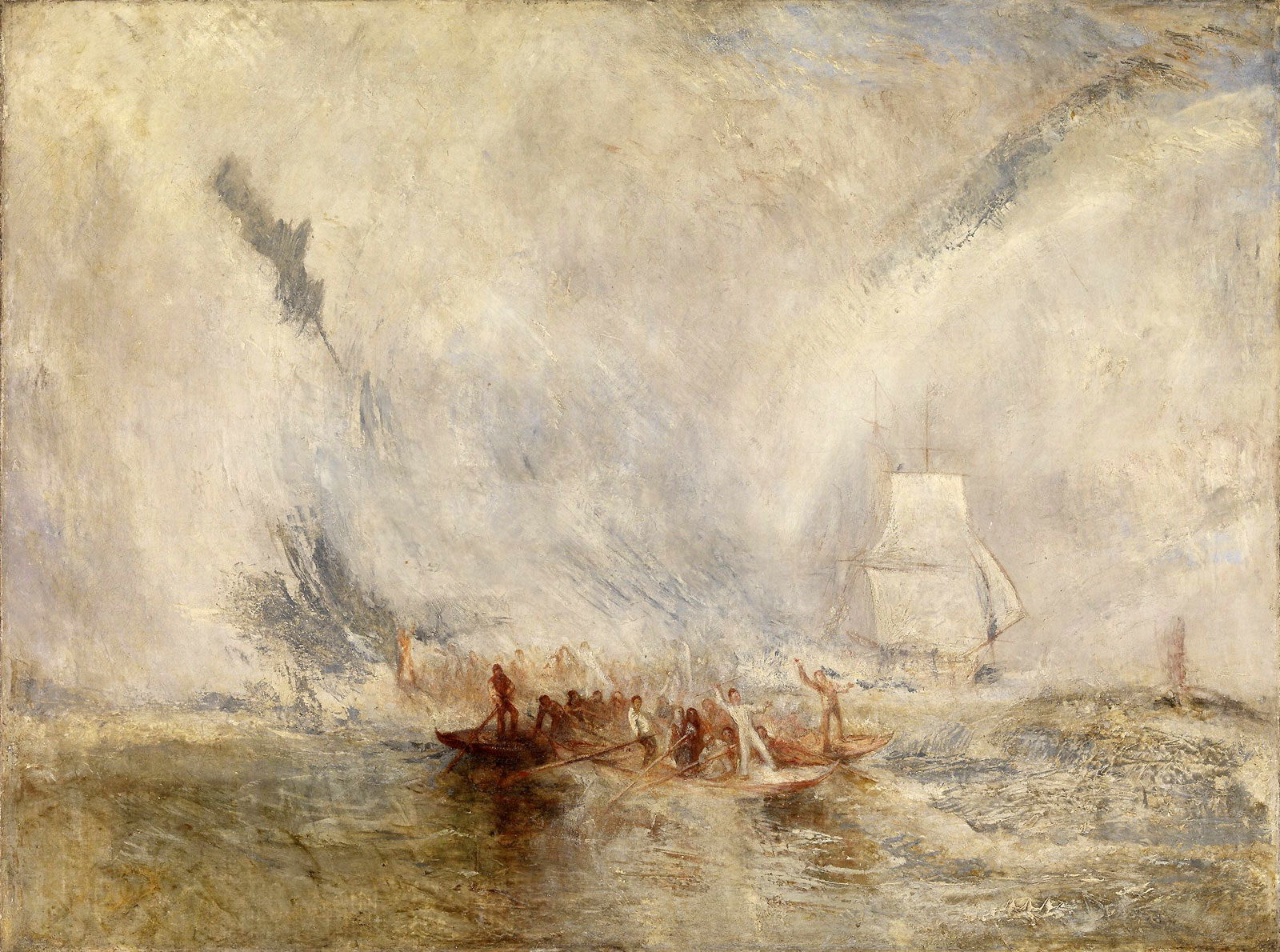

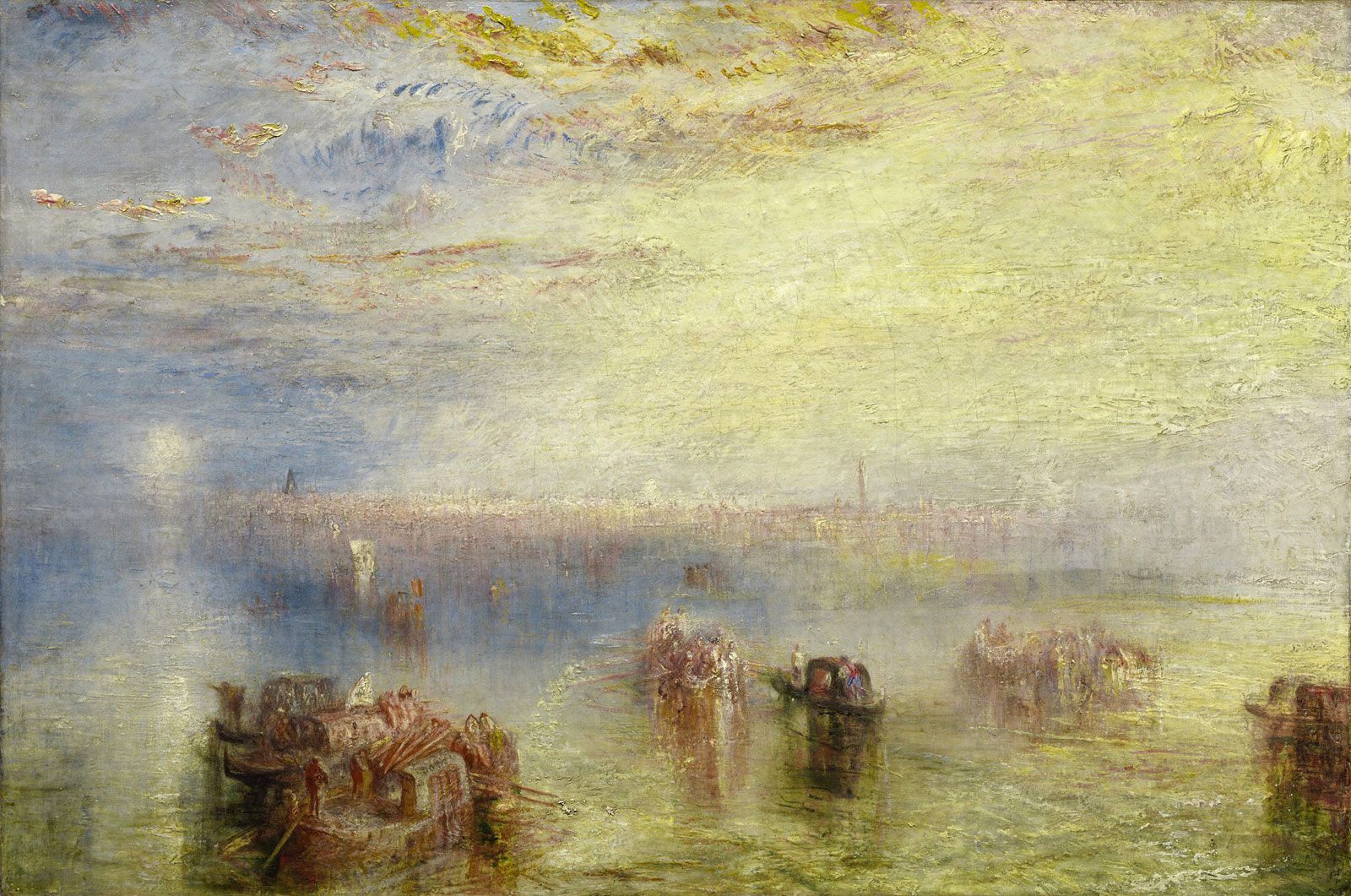
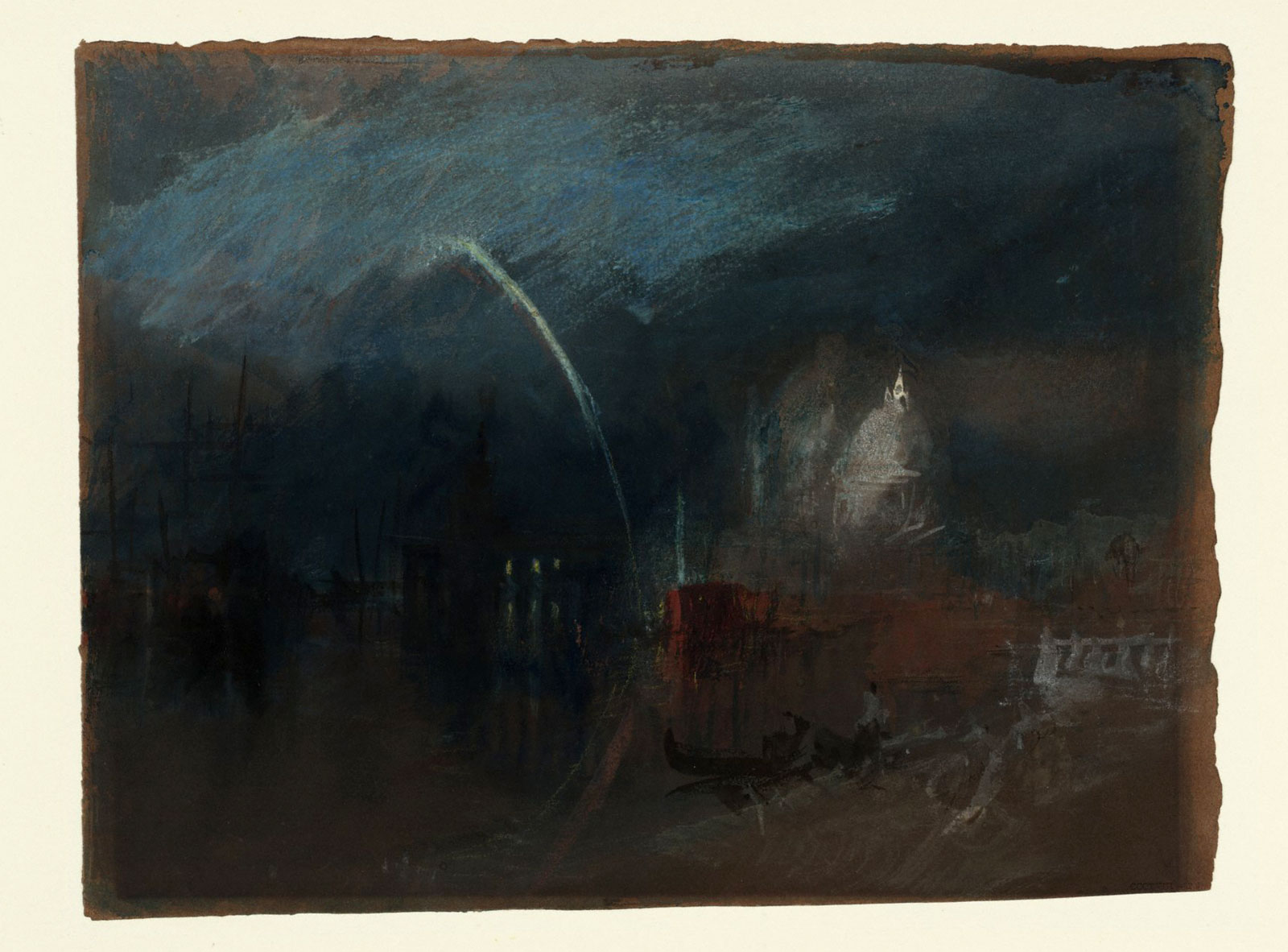

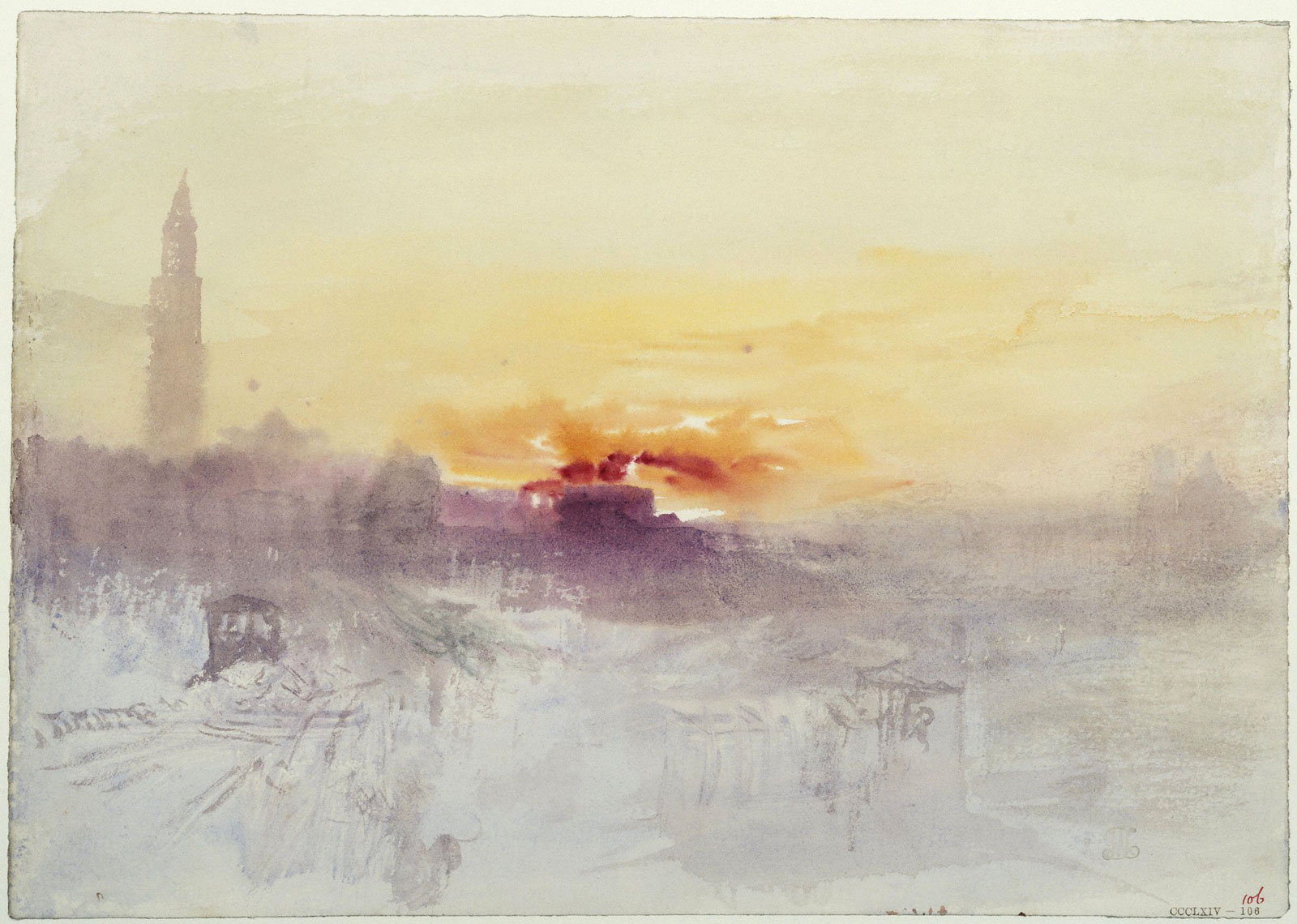

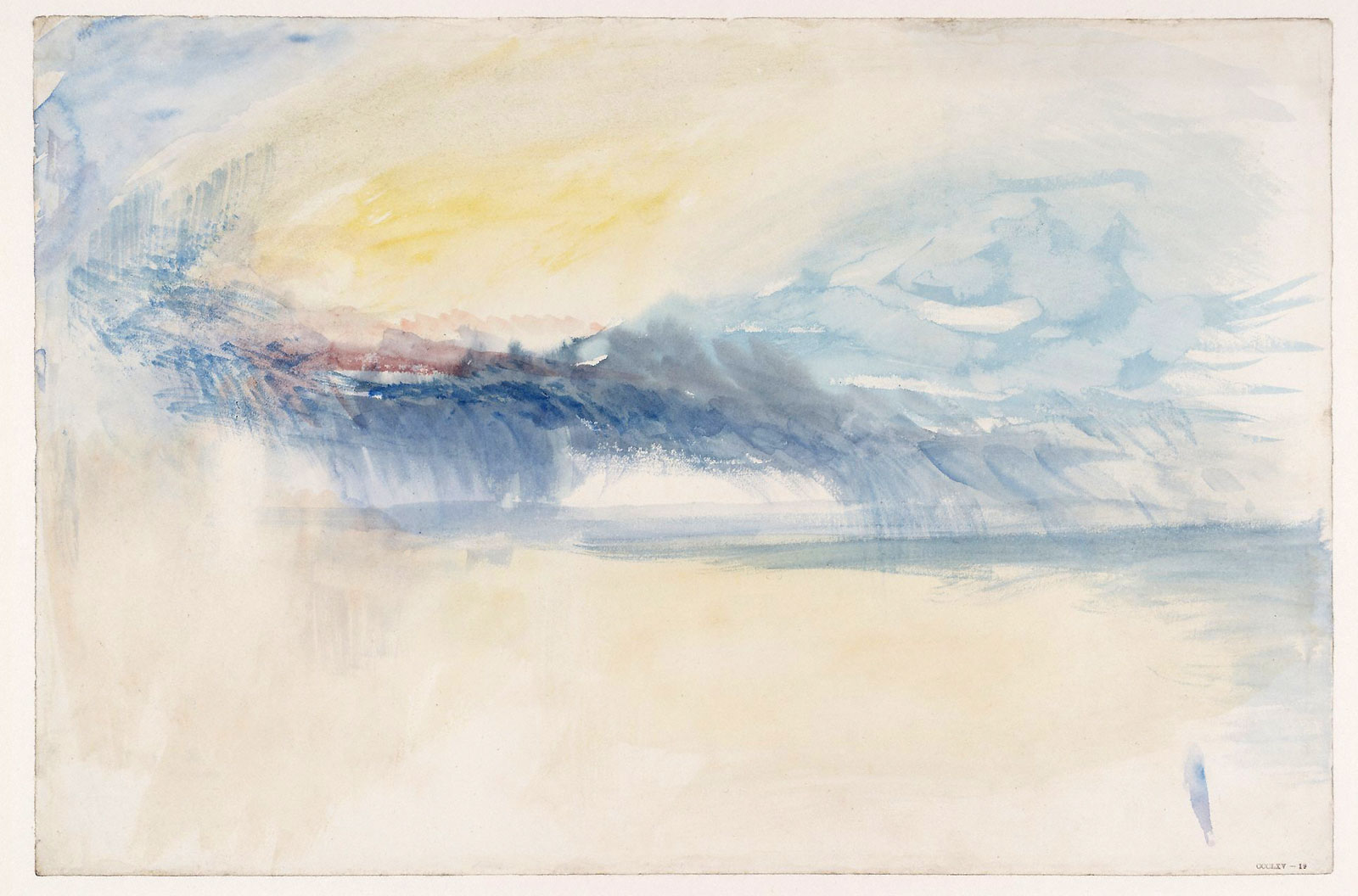


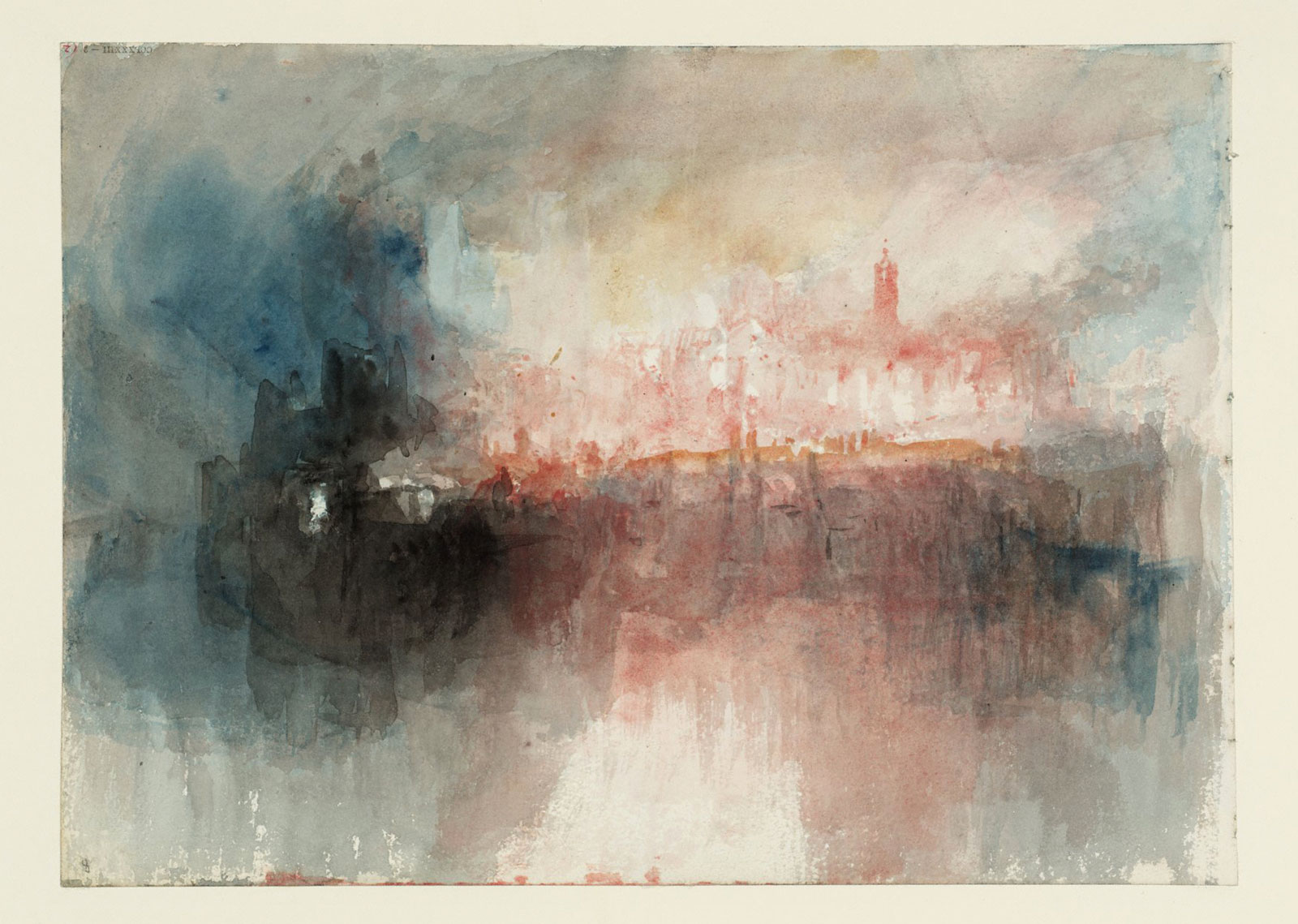





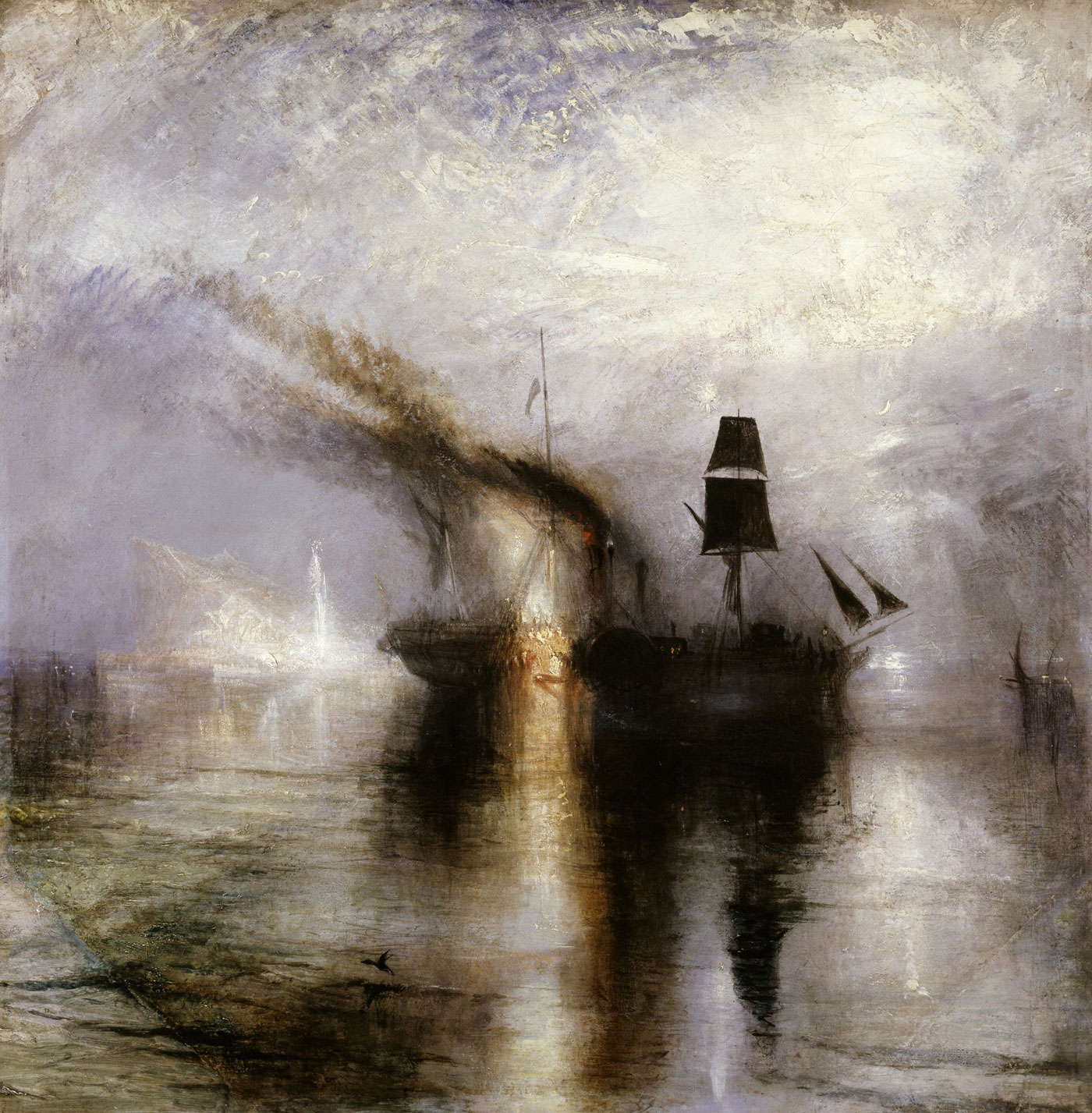



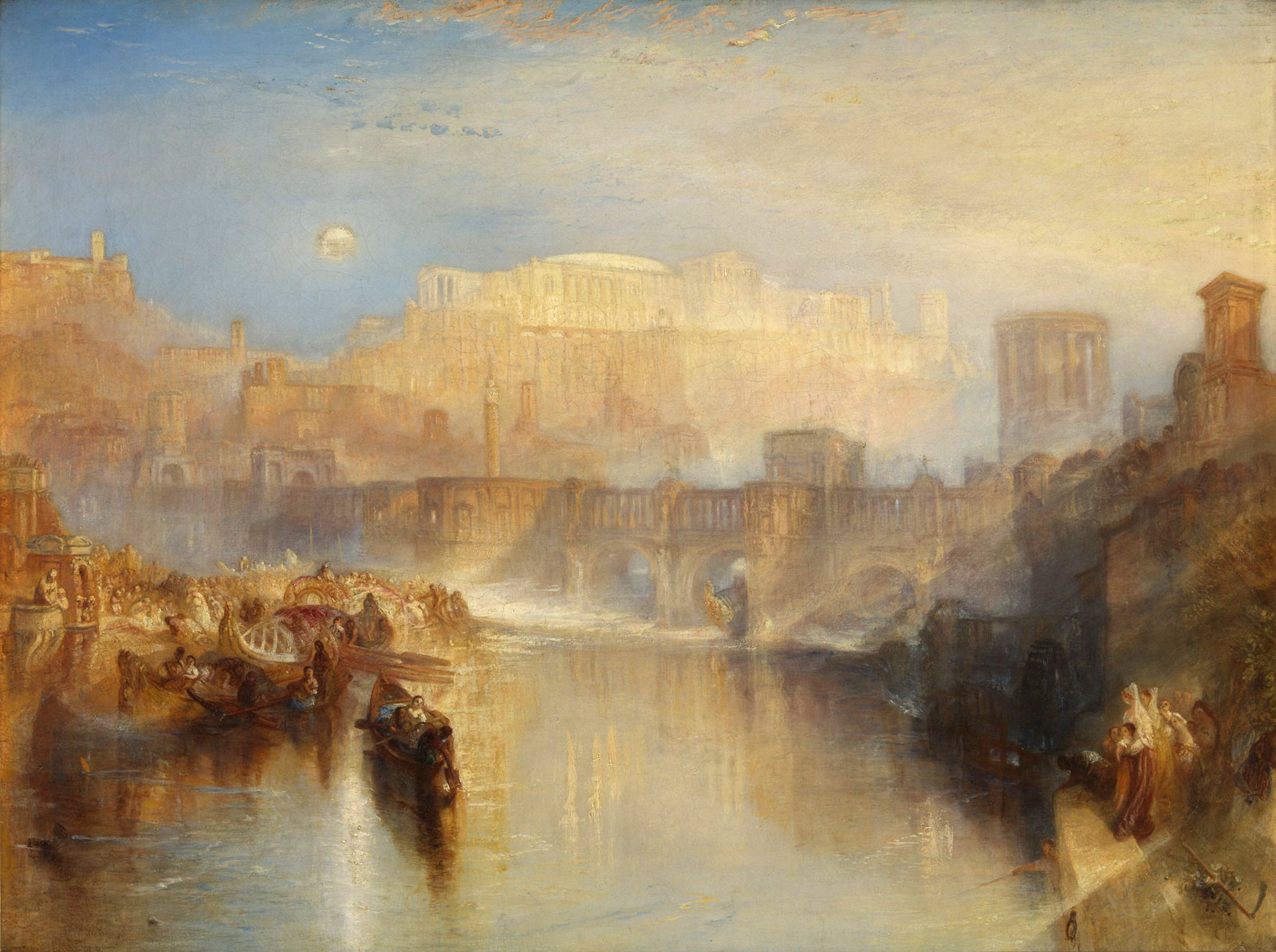
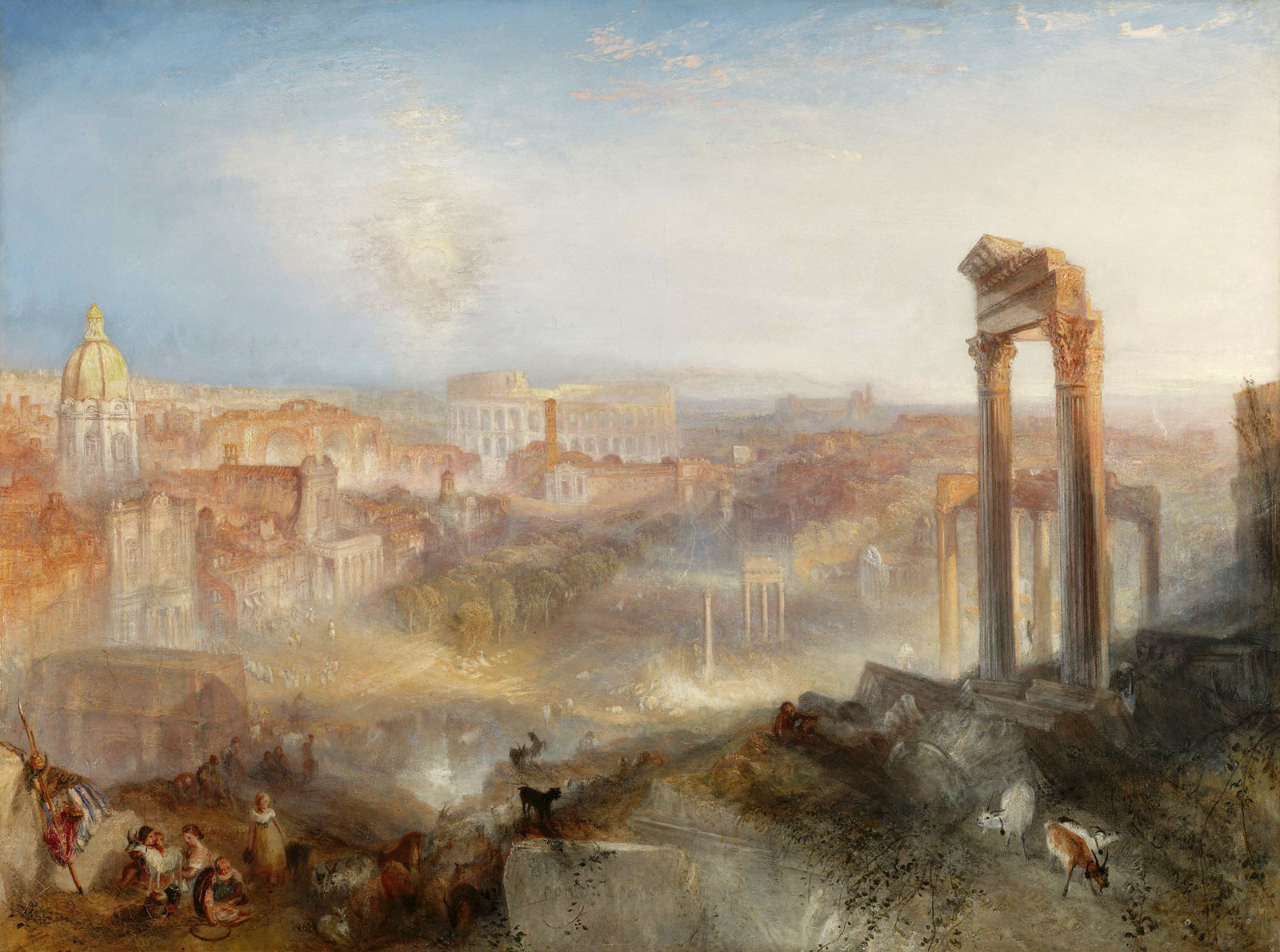

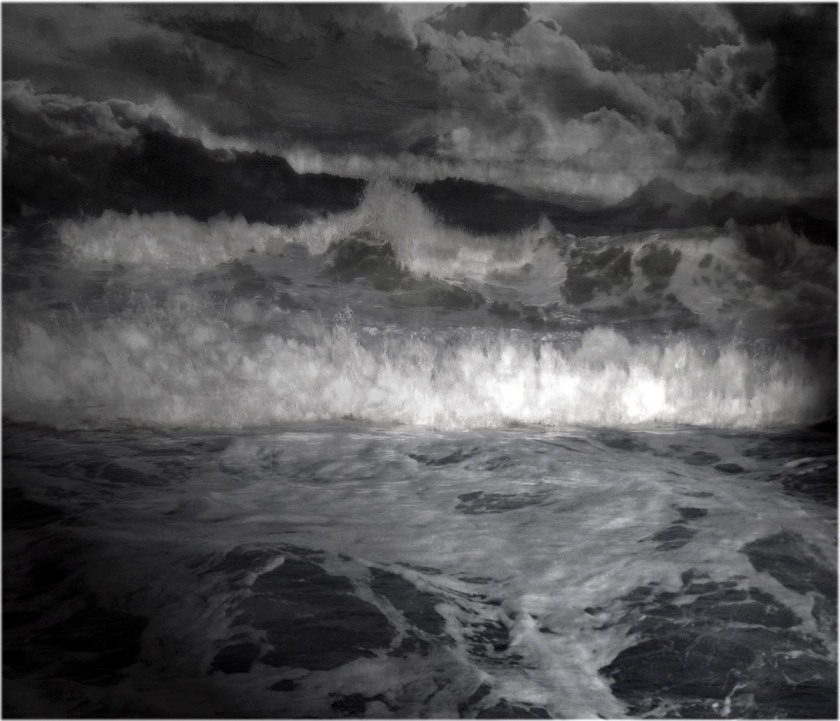
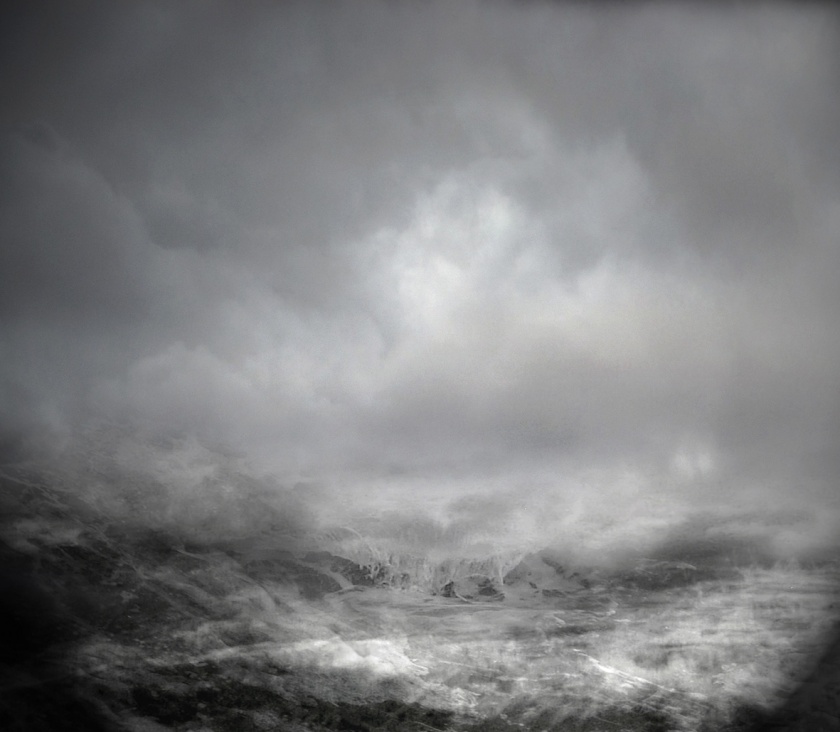
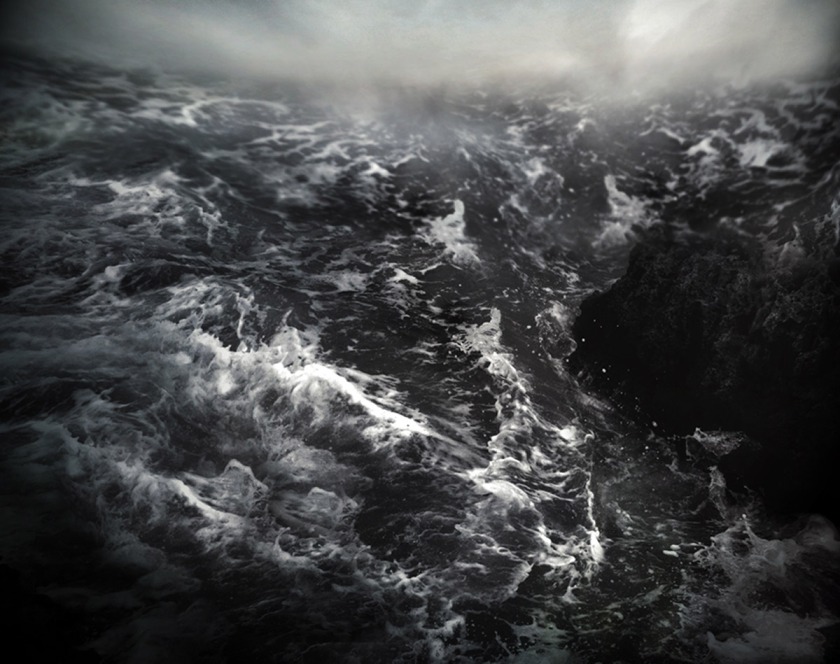
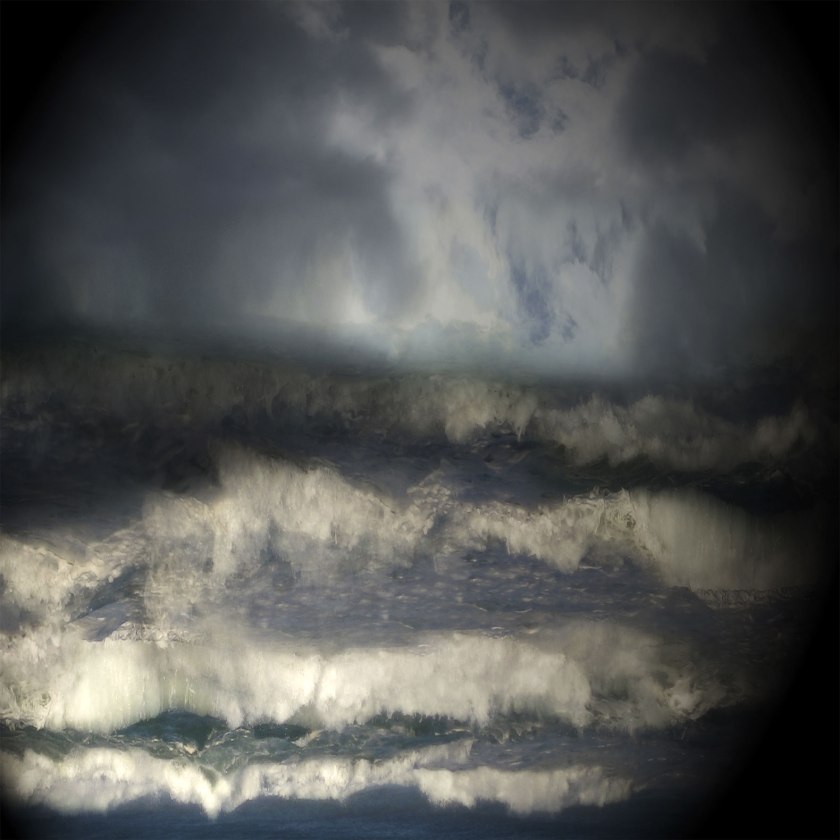

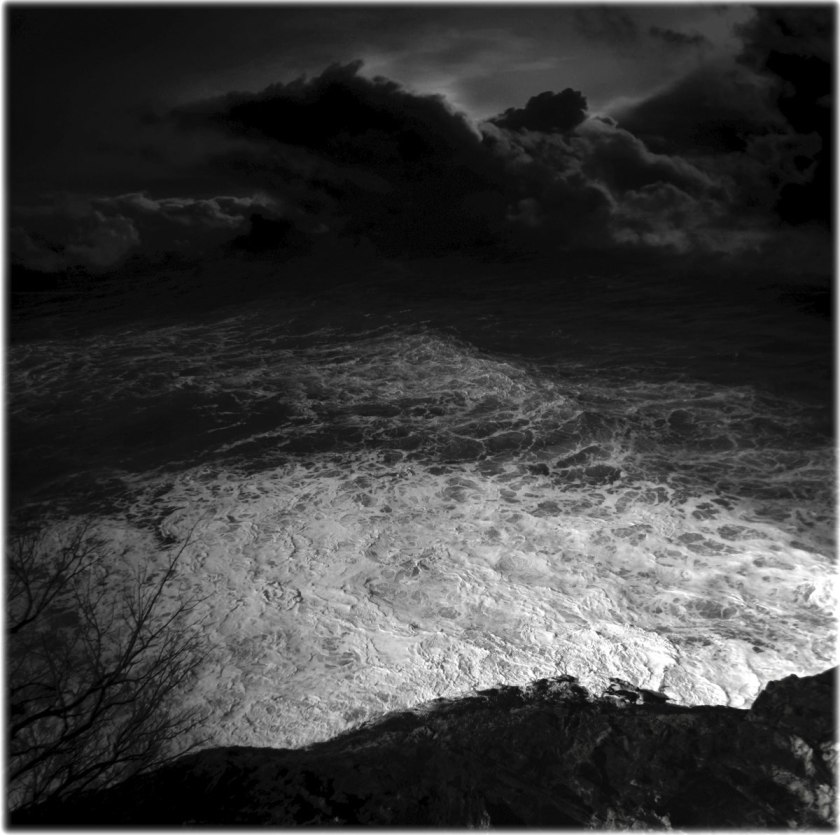
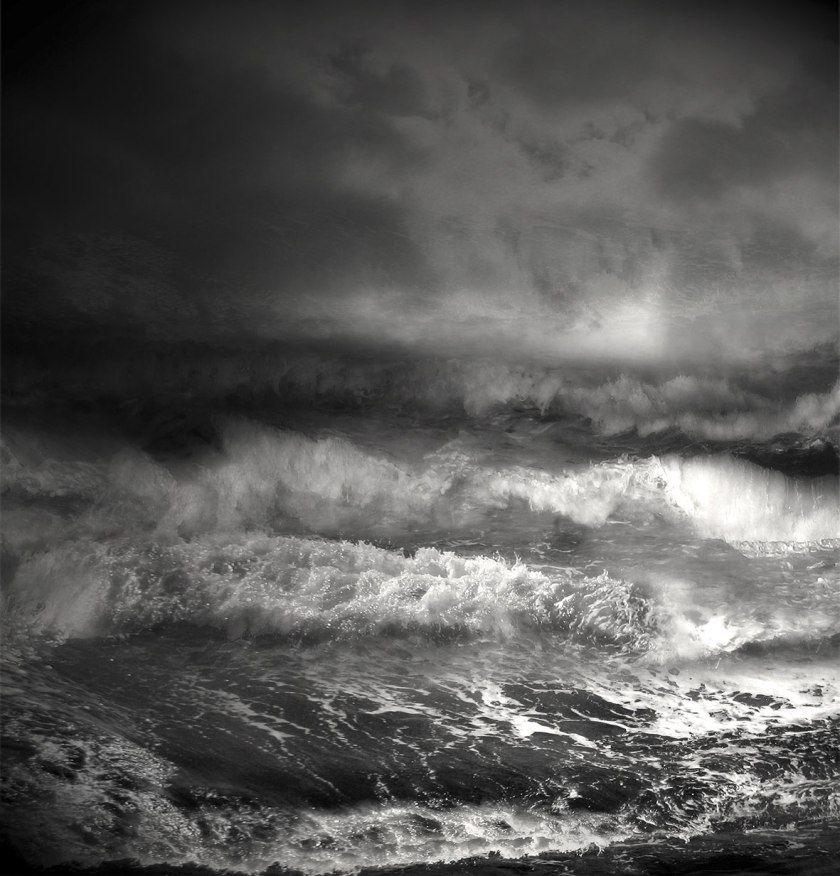

You must be logged in to post a comment.